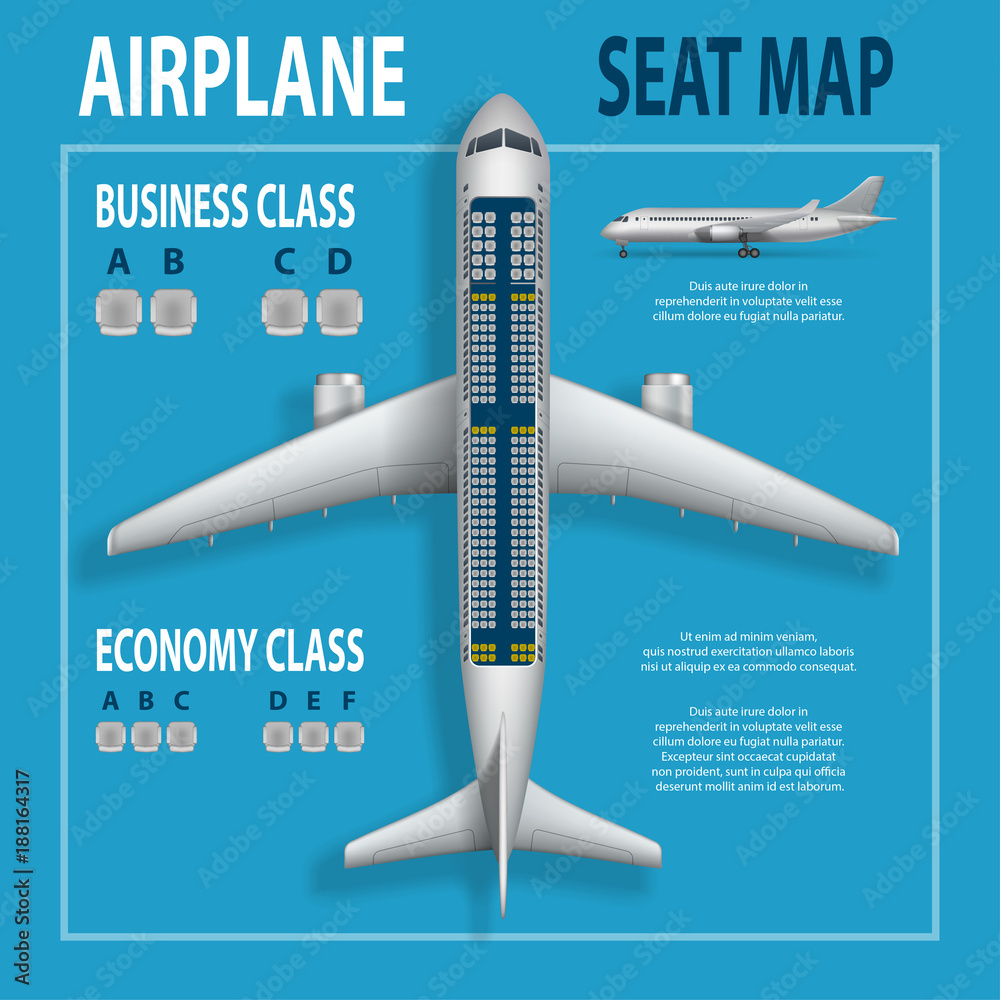Aircraft Category And Class - According to FAR 97.3, an aircraft's approach category is based on a published speed called Vref. Approximate speed for a stabilized final approach flight. If Vref is not specified for the aircraft (which is the case for most light aircraft), Vref equals 1.3 X Vso or the stall speed of the aircraft in landing configuration.
Just because your aircraft is certified as "Category A" doesn't mean you should always use Category A approaches. If AIM 5-4-7(b) requires the aircraft to fly faster than the published category, the higher category minima should be used. The paragraph explains that "As an additional example, an aircraft (or helicopter) flying straight at 130 knots should use Category C Minima."
Aircraft Category And Class

In previous years, AIM offered pilots a direct minimum selection based on the certified approach category of the aircraft being flown. Not so anymore.
Private Jet Charter And Types Of Private Jets
Currently, these are all based on flying (rotating and straight) in a particular airspace. This update makes sense because higher minimums correspond to higher speeds. When you fly fast, you have less time to react to a missed approach by keeping yourself close to the ground. It offers a higher level of safety when flying at a higher minimum speed.
There's nothing more frustrating than flying a 10- or 20-mile ILS course in a light, single-engine plane. You may feel like you are spinning, and the long wait causes many pilots to fly faster than the "normal" speed for their light aircraft.
But there are several reasons why the recommended speed-to-finish approach is a good idea. First you develop good skills for the future. Slowing down can be difficult if you plan on flying a larger aircraft. If you fly too fast on a final approach (even on a fast ad) you may overshoot your landing point.
Another reason to fly at the correct approach speed on the final is that you have a better chance of making a non-precision approach to the runway from the MDA. The faster you fly, the harder it is to land safely on the runway. A higher descent is required during a higher flight.
Micro Aerial Vehicle With Basic Risk Of Operation
For the same reason, ATC prompts you to change your speed during IMC's final approach segment. If you are in the final phase of an instrument approach in the clouds, ATC should not prompt you to fly faster. Again, this is to make sure you're well organized and stable before you hit the bottom.
With 0.25 inch or more of ice buildup on your wings or tail, you should plan to fly at higher power settings, less glide, and higher speeds. Most aircraft manufacturers will print minimum ice speeds for these conditions.
If a flap fails and you have to fly with shortened tips, also increase the approach speed. Based on your new speed, it may be appropriate to use the second highest approach category.

The next time you shoot an approach, compare your speed on the last approach segment to your flight category. In case you forgot, again:
Travel And Explore The Features Of Business Class Flights
What do you think? Does the FAA's method for flying at a category speed make sense? Tell us in the comments below. Rating and experience requirements for recreational, private and commercial pilots are contained in Part 61 of the FAR. Each certificate has its own characteristics and limitations - see section 61.
Level 1 Medical - Required for ATP certification procedures, expires at the end of the 6th month after the exam.
Level 3 Medical - Required for private pilot operations. It ends at the end of the 60th month (if the person is under 40) or at the end of the 24th month if the person is over 40.
Flight instructors are paid and pilots (thus running a commercial business) only require Class 3 medicals.
U.s. Navy, China And France's Future Aircraft Carriers Compared
Every 24 months, a pilot must pass a Flight Review to maintain his or her certificate privileges. A practical exam for another certification can replace this exam.
Carrying of passengers - only allowed if the aircraft has made 3 flights and 3 landings in the same category and class of aircraft in the last 90 days (and write if necessary). If the pilot carries night passengers, he must have made 3 flights and 3 full stopovers (in the last 90 days). This also applies to the transport of passengers by tailplane.
It is only necessary to demonstrate frequency of experience for applications, certificate or assessment and flight assessment.
Water damage class and category, water category and class, experimental category aircraft, essex class aircraft carriers, aircraft performance category, aircraft category class type, first class aircraft seats, category aircraft, aircraft category and class definition, airplane category and class, aircraft category class, aircraft class and category

0 Comments